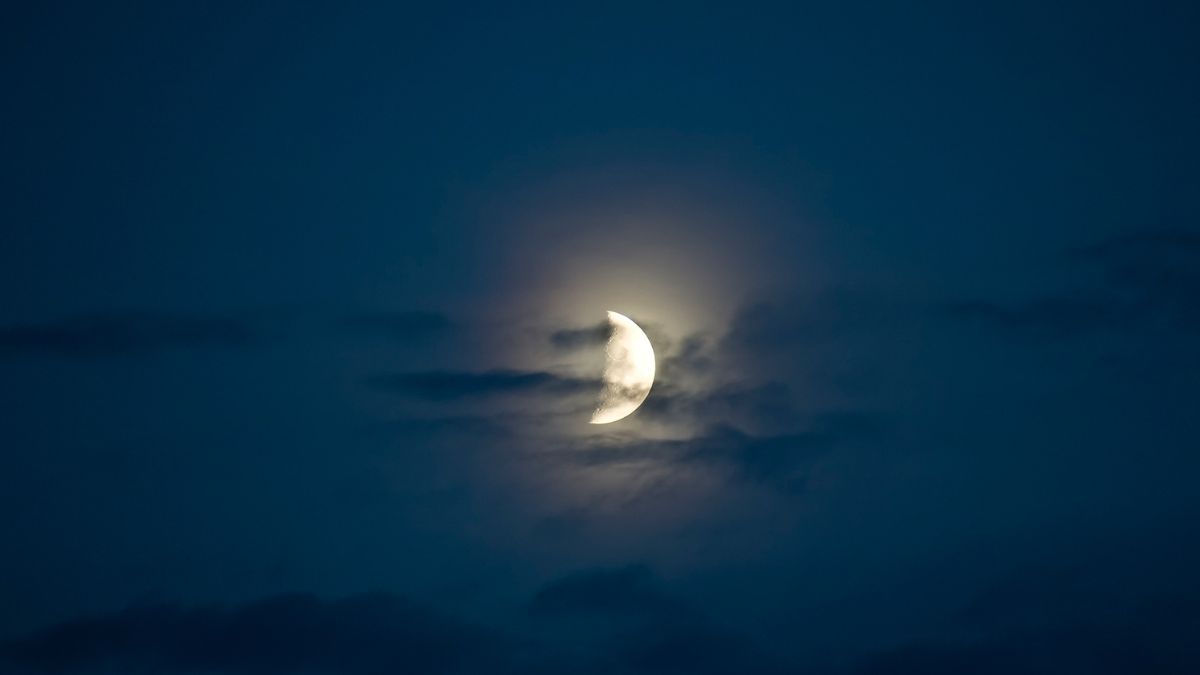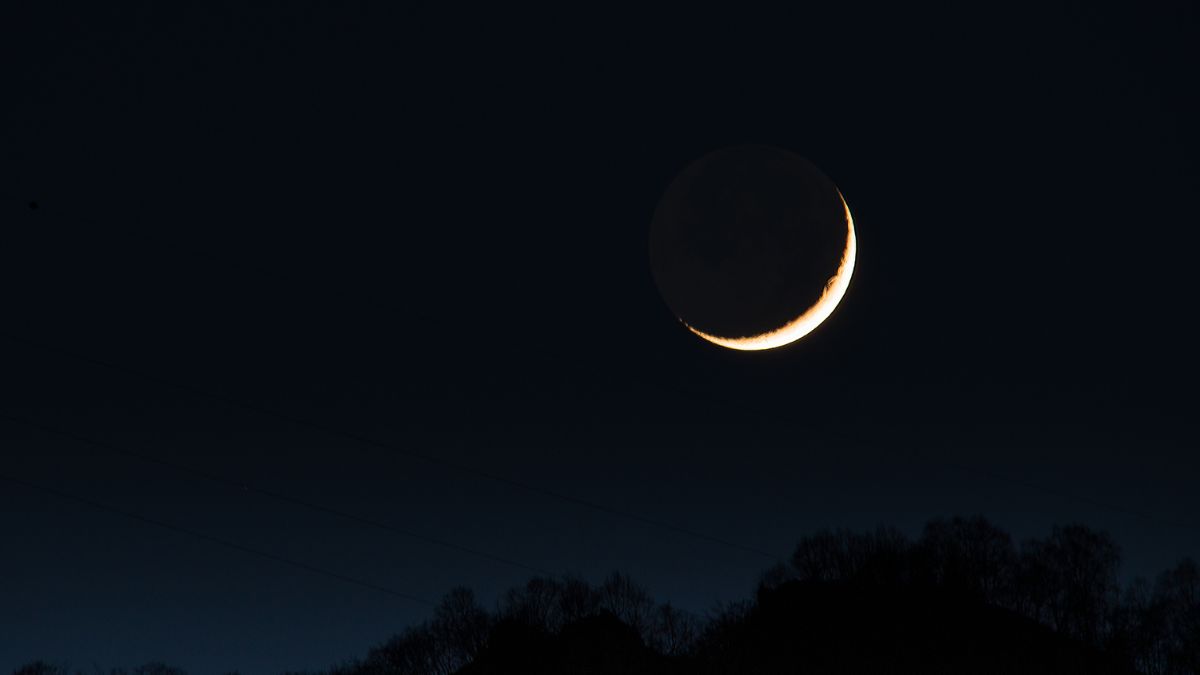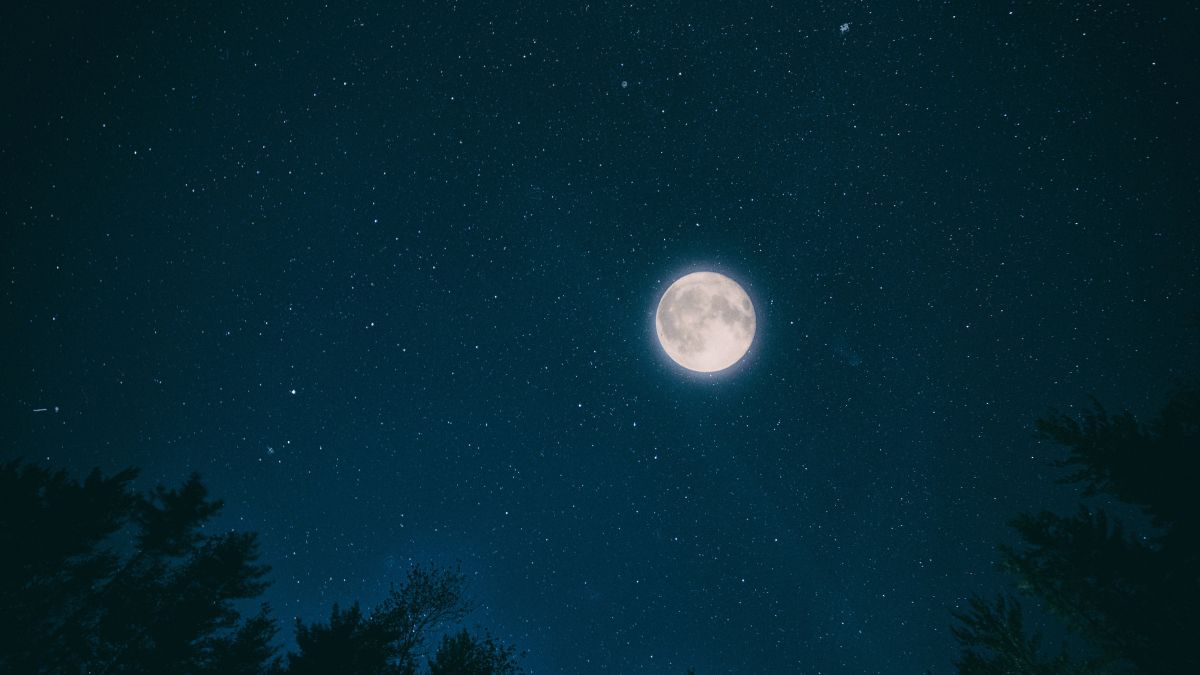- By Prerna Targhotra
- Thu, 20 Jul 2023 11:00 AM (IST)
- Source:JND
National Moon Day 2023: Who doesn’t love to click pictures of the moon in the night sky? Also known as ‘Space Exploration Day’, National Moon Day is observed every year on July 20 to commemorate the anniversary of the United States' first crewed mission to the moon, along with the landing of astronauts Neil Armstrong and Buzz Aldrin on the moon on July 20, 1969. The day is celebrated by the General Assembly to acknowledge the space experts for their explorations on the moon. As this special occasion is here, here is everything you need to know about the different phases of the moon and their significance.
If you have ever noticed, the Moon appears to change its shape almost every night. These different shapes of the moon are known as the ‘Moon Phases.’ The moon has no light of its own and lights up with the Sun's light. The Sun’s light comes from one direction and illuminates one-half of the Moon, leaving one side of the Moon dark. The moon has four primary and intermediate phases respectively, according to the Time and Date.
1. New Moon
The New Moon occurs when the Sun and Moon are aligned, with the Sun and Earth on opposite sides of the Moon. It rises and sets around the same time as the Sun, bringing it too close to the Sun’s glare to be seen with the naked eye.
2. Waxing Crescent Moon
This intermediate Moon phase comes after the New Moon and lasts until half of the Moon's visible surface is illuminated at the First Quarter Moon. According to Time and date, with some variations, the Waxing Crescent Moon rises in the daytime before noon and becomes visible in the day sky. It gets more visible around sunset but typically sets before midnight.
3. First Quarter Moon (Half Moon)

The First Quarter Moon is a primary Moon phase when half of the Moon's face is lit up. Whether it is the left or right half depends on where you are on Earth. During this phase, the lit-up part of the Moon increases from 0.1% to 49.9%.
4. Waxing Gibbous Moon
This intermediate Moon phase starts after the First Quarter Moon and lasts until the Full Moon. Waxing means that it is getting bigger, while gibbous refers to the oval-to-round shape.
5. Full Moon
The full moon is the most beautiful phase of the moon when the entire face of the moon is lit up. The Full Moon is when the Sun and the Moon are aligned on opposite sides of Earth, and 100% of the Moon's face is illuminated by the Sun.
6. Waning Gibbous Moon
The waning gibbous moon phase starts after the full moon and lasts until half of the Moon's face remains lit up in the Third Quarter. The Moon's surface reflects the Sun’s rays and half of it is always illuminated by sunlight.
7. Third Quarter Moon

It is when the opposite half of the moon is illuminated as compared to the First Quarter. The third quarter moon is also called a Half Moon because the Sun's rays illuminate exactly 50% of the moon's surface.
8. Waning Crescent Moon
This intermediate moon phase is the last phase of the lunar month. It starts just after the Third quarter moon and lasts until the following new moon.

